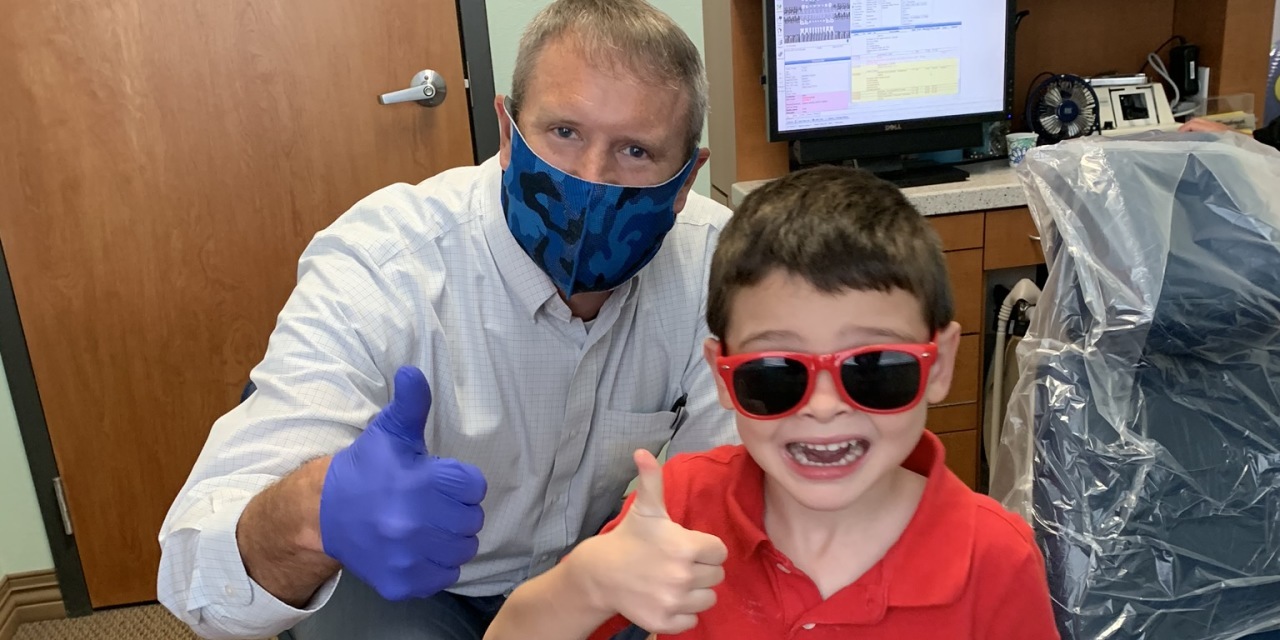

In contrast, Per2 protein expression was low/undetectable in the odontoblasts of the crown-analogue side (A, black arrows). Per2 was detected in root odontoblasts and ameloblasts (A, black arrowheads). Per2 showed distinct expression pattern at the root-analogue versus the root-analogue side in the incisor (A). Per2 expression in mouse incisor (A) and molar (B–C) at PN21 stage. Our data suggests that clock genes might be involved in the regulation of ameloblast and odontoblast functions, such as enamel and dentin protein secretion and matrix mineralization.Ĭopyright © 2010 Elsevier B.V.

Within the periodontal ligament (PDL) space, epithelial rests of Malassez (ERM) showed the strongest expression among other PDL cells. In contrast, both crown and root odontoblasts were strongly stained for all four clock proteins in first molars at PN21. Interestingly, at PN21 incisor, expression of clock proteins was down-regulated in odontoblasts of the crown-analogue side but expression was persisting in root-analogue side odontoblasts. At post-natal day four (PN4), all four clock proteins continued to be expressed in teeth but with different intensities, being strongly expressed within the nucleus of ameloblasts and odontoblasts and down-regulated in dental pulp cells. Immunohistochemistry showed that clock protein expression was first detected in teeth at the bell stage (E17), being expressed in EOE and dental papilla cells. Our results showed that circadian clock genes Bmal1, clock, per1, and per2 mRNAs were detected in teeth by RT-PCR. In this work, we investigated the expression of four clock genes during tooth development. However, close to nothing is known on clock genes expression during tooth development. Mammalian clock genes play a key role in synchronizing circadian functions in many organs.

Circadian rhythms are endogenous self-sustained oscillations with periods of 24h that control diverse physiological and metabolic processes. Morphological and functional changes during ameloblast and odontoblast differentiation suggest that enamel and dentin formation is under circadian control.


 0 kommentar(er)
0 kommentar(er)
